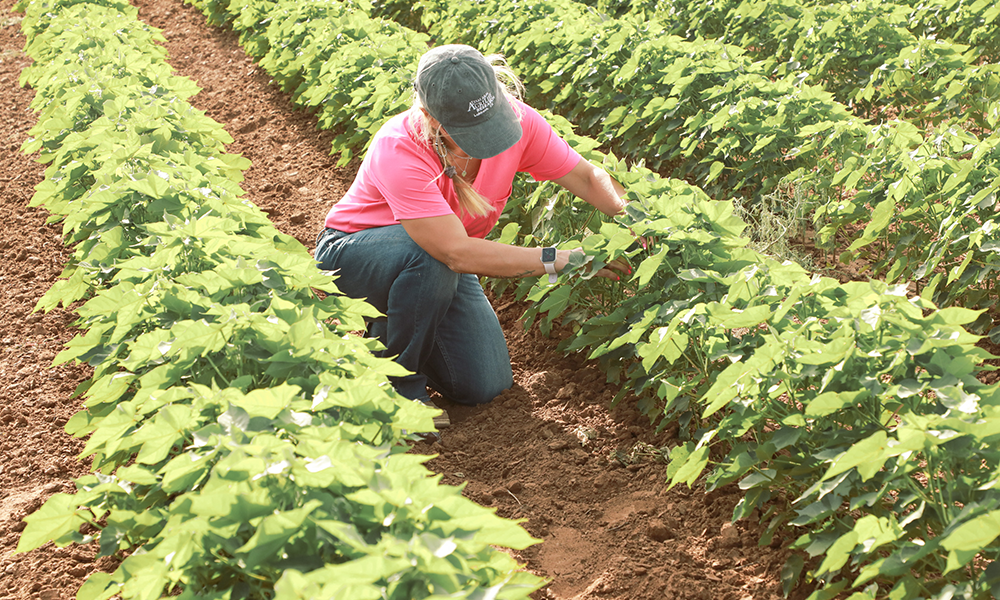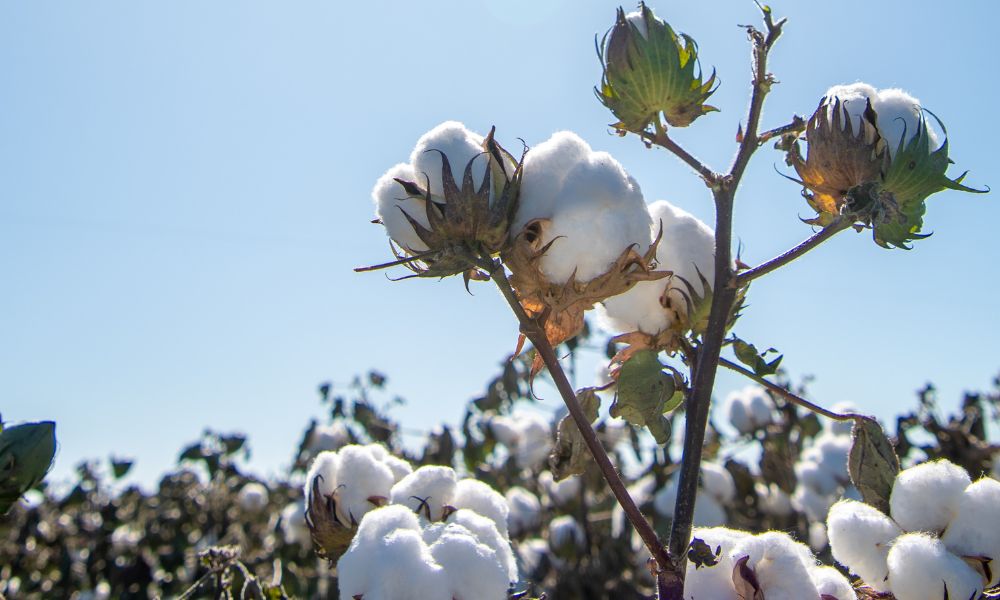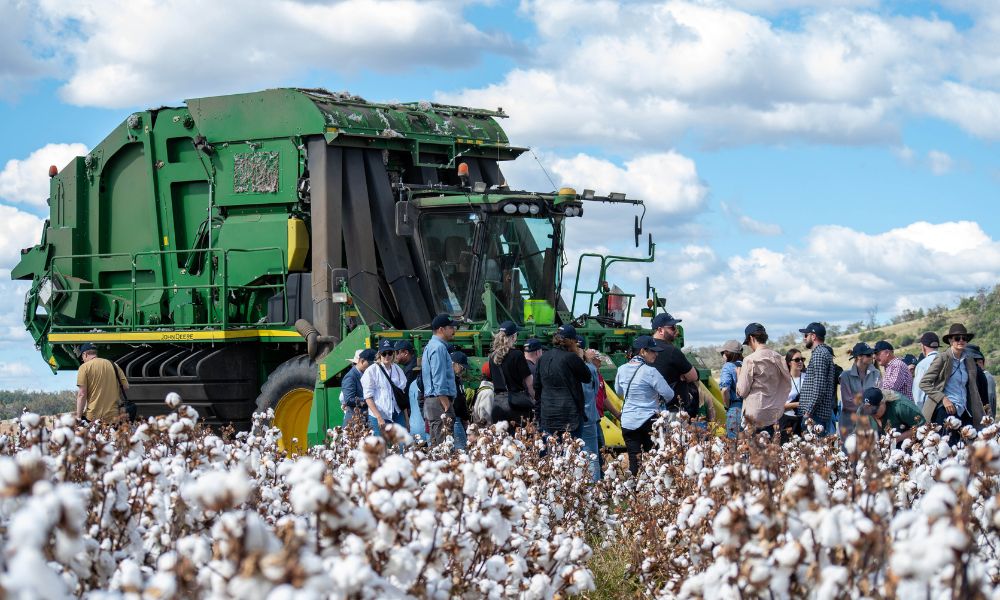New cotton sustainability report highlights improvements in soil health, greenhouse gas emissions
June 6, 2022
Each year the Australian cotton industry undertakes an analysis on key indicators and targets that make up the PLANET. PEOPLE. PADDOCK. Sustainability Framework.
The report analyses the past 12 months ending June 2021 and assesses nine key sustainability indicators in the framework including water, greenhouse gasses, biodiversity, pesticides, soil health, wellbeing, workplace, productivity and profitability.
The annual update fits between the industry’s comprehensive report, which is undertaken every five years, as seasonal variations can make a single year look much better or worse on average.
During the 2020/2021 season, the report revealed greenhouse gas emissions per bale reduced by 6% from the previous year and water use efficiency continues to improve.
When it comes to biodiversity and soil health, 21% of an average cotton farm has remnant native vegetation and 30% of growers are using cover crops when planting cotton.
“The Sustainability Update 2021 shows that improvements have been seen in water use efficiency, a reduction in greenhouse gas emissions per bale and insecticide hazard, and an increase in both cotton yield and the physical health of people in cotton communities,” said Chris Cosgrove, cotton’s sustainability lead.
“On the downside, we’ve seen a reduction in mental health in cotton communities, and an increase in herbicide hazard as the result of a wetter season with higher weeds numbers and an increase in the use of residual herbicides.”
Looking ahead, in addition to continuing to work towards the draft 2024 and 2029 targets the industry has set, the industry’s PLANET. PEOPLE. PADDOCK. Sustainability Framework has some clear priorities. These include:
- Contributing to agreed metrics and methodologies with our agriculture peers for complex topics like biodiversity and soil health
- Continuing to improve data collection. Accurate and credible data is critical for communicating progress to stakeholders, and for giving growers evidence of the economic, social and environmental impacts their on-farm decisions have.
To read the 2021 Sustainability Report, Sustainability Report 2021 and to read the data pack, please visit the Cotton Australia website by clicking here.














Recent Comments